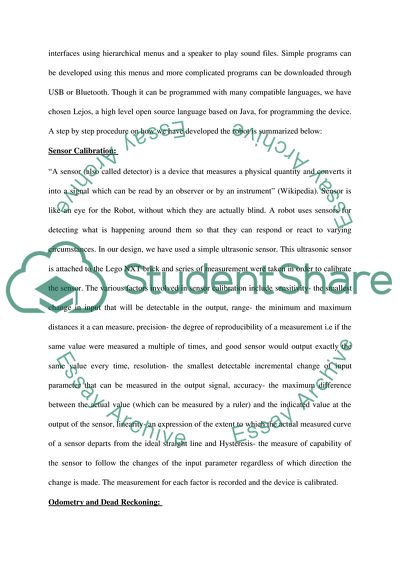Cite this document
(Robot Localization and Kalman Filters Report Example | Topics and Well Written Essays - 2250 words, n.d.)
Robot Localization and Kalman Filters Report Example | Topics and Well Written Essays - 2250 words. https://studentshare.org/technology/1763088-robot-lab-report
Robot Localization and Kalman Filters Report Example | Topics and Well Written Essays - 2250 words. https://studentshare.org/technology/1763088-robot-lab-report
(Robot Localization and Kalman Filters Report Example | Topics and Well Written Essays - 2250 Words)
Robot Localization and Kalman Filters Report Example | Topics and Well Written Essays - 2250 Words. https://studentshare.org/technology/1763088-robot-lab-report.
Robot Localization and Kalman Filters Report Example | Topics and Well Written Essays - 2250 Words. https://studentshare.org/technology/1763088-robot-lab-report.
“Robot Localization and Kalman Filters Report Example | Topics and Well Written Essays - 2250 Words”. https://studentshare.org/technology/1763088-robot-lab-report.


